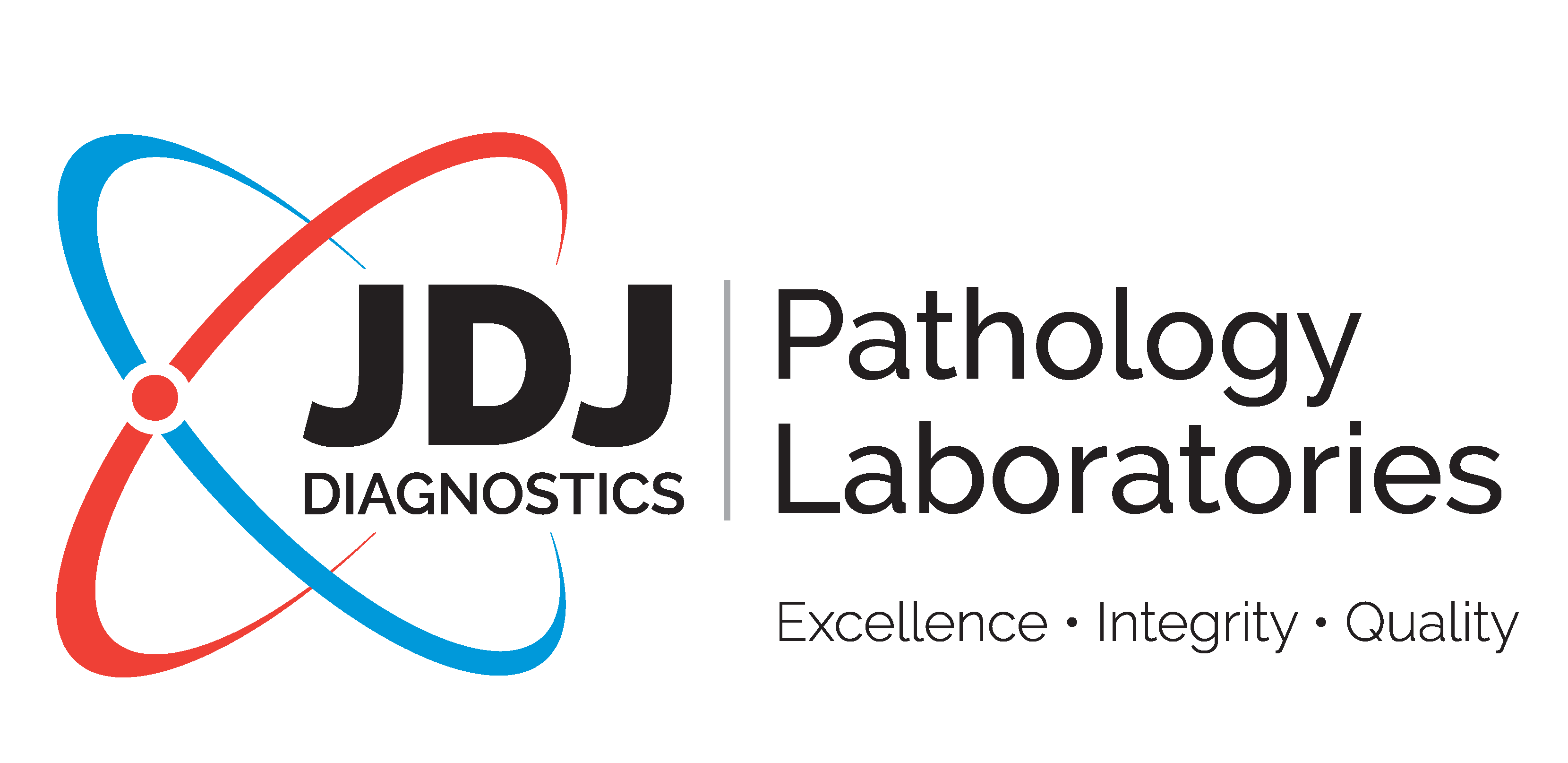by Prof. P. M. Durand and Dr. O. Kgotleng
Molecular-based diagnosis of SARS-CoV-2 is at the heart of laboratory management of the COVID-19 pandemic. Antibody and antigen assays play a key role in epidemiological, rapid screening, triaging etc. However, the RT-PCR molecular assay remains the central diagnostic tool for clinical decision making. It is acknowledged that consistency in molecular diagnosis is not always without problems, especially in countries like South Africa where private laboratories use different test platforms and different criteria to interpret the results. Despite the vagaries, the RT-PCR assay is key to clinical decision making.
A relatively new development in molecular diagnostics of SARS-CoV-2 is the combination of the RT-PCR assay with assays for other clinically relevant respiratory viruses, for example, Influenza A virus. This makes good clinical and logistical sense.
The symptomatology of different respiratory viruses may overlap, so instead of performing several individual assays for multiple viruses, it is much more helpful (and less costly) to assess for the presence of multiple viruses at the same time.
This approach saves time and resources and is particularly relevant as we approach the southern hemisphere Winter.
There have been several multiplex assays developed for detection of multiple respiratory viruses, including SARS-CoV-2.
In this newsletter we provide a brief overview of the Allplex™ SARS-CoV-2/FluA/FluB/RSV Assay (Seegene Cat.No. RV10259X). The contents below are designed primarily to answer clinical queries, please also see the clinical comments at the end.
The Allplex™ SARS-CoV-2/FluA/FluB/RSV Assay (Seegene Cat.No. RV10259X)
Seegene Inc is a well-known international medical molecular diagnostics company and has been a leader in SARS-CoV-2 diagnostics in SA and globally. In SA, Seegene kits and associated instrumentations have been used by many of the private laboratories as well as the NHLS and NICD.
Which viruses are detected and how?
The assay is an in vitro diagnostic method for the detection of SARS-CoV-2, Influenza A virus (Flu A), Influenza B virus (Flu B) and human respiratory syncytial virus (RSV). All of these are RNA viruses and viral nucleic acid material is detected by real-time reverse transcription (RT) PCR. In the case of SARS-CoV-2 three genes are targeted by the Allplex™ assay. These are the S, N and RdRP genes.
What types of samples can be submitted?
The assay has been validated for nasopharyngeal aspirates and swabs, bronchoalveolar lavage, oropharyngeal swabs, and sputum. Samples can be stored at 2~8°C for up to 4 days before processing.
Some technicalities: validations and compatibilities
Assay performance was evaluated by comparison against at least two other simplex (individual) SARS-CoV-2 and respiratory virus real-time PCR assays all of which are CE-IVD approved. Results have shown > 95% agreement, which is the standard level for approved validation.
Performance and validation were done using Seegene nucleic acid extraction instruments NIMBUS and STARlet. The platform for the assay is limited (due to fluorescent channels and fluorophore detection) to the CFX96™ Real-time PCR System and associated software v3.1.
Clinical notes
There are a few points worth noting that are particularly relevant clinically. It should be remembered that the same pre-analytical and data interpretation pitfalls that applied to the simplex (single) SARS-CoV-2 assay remain. In other words, the same decision-making points concerning C(t) values and gene number (1, 2 or 3 genes detected) are relevant.
Clinical context is, therefore, paramount. The assay detects viral material, but does this mean there is intact, viable virus present? Answering questions like these depend on several factors including clinical acumen ‘how much’ virus is detected, incubation periods etc.
Reference
For more on the assay please see:
https://www.seegene.com/assays/allplex_sars_cov_2_flua_flub_rsv_assay

